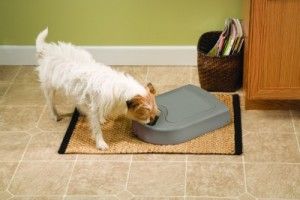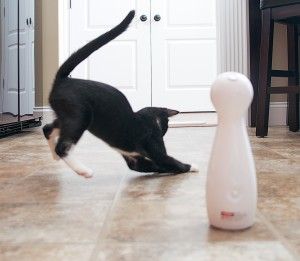Healthy eating and exercise is just as important for your pets as it is for you! Did you know an estimated 54% of dogs and cats in the United States are overweight or obese?* October 8 is National Pet Obesity Awareness Day raising awareness on pet weight issues.
How can you tell if your pet is overweight? There are many tools online that show specific breeds and their ideal weight and appearance. The general rule is you should be able to feel your pet’s ribs but not see them. If you place your hands on the sides of their chest and still cannot see them, they are overweight. What are tips for keeping your pet’s weight in check?
1. Talk to your vet. Your veterinarian is the best resource for helping you create a plan to control, monitor and improve your pet’s weight. They can provide you the best advice to lose weight in a healthy way.
2. Control the calories. Not all food is the same. If available, check nutrition labels for high quality ingredients instead of fillers. Limit the number of treats and avoid giving table scraps. When giving treats, look for healthy alternatives like carrots or broccoli.
3. Stay consistent. Put a measuring cup in your food bag for consistency in feeding amounts. Assign family members to each meal so pets are not accidentally overfed and track the amount of treats given. Consider using an automatic feeder, which ensures your pet is fed on the same schedule each day.
4. Get out and play! Exercise is great for you and your pet. For older or disabled animals, a short walk around the block may be appropriate. For younger and more active animals, a swim, running around the park or chasing a laser may be best to keep your pet healthy. 
Obesity in a pet can have the same adverse effects as obesity in humans. Common disorders associated with excess weight include Type 2 diabetes, high blood pressure and many forms of cancer. So celebrate National Pet Obesity Awareness Day by making a commitment to the health of both you and your pet! * http://www.petobesityprevention.org/





